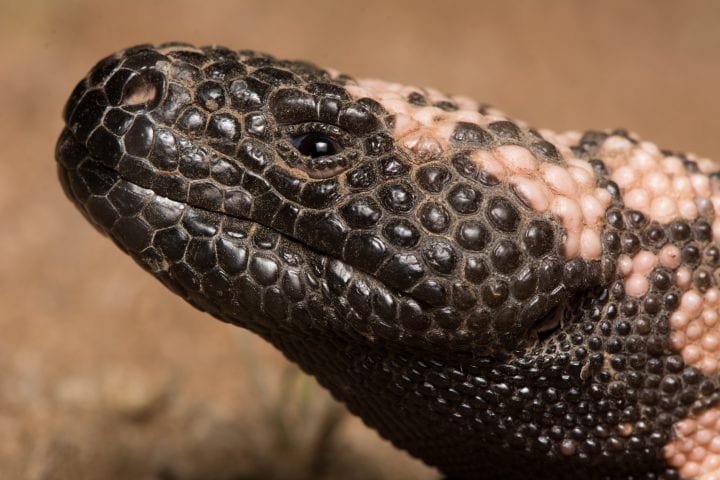By making their hairs stand up, numbats expose more skin to the sun and create an insulating layer of air to reduce heat loss.
Introduction
In the animal kingdom, marsupials have several characteristics that set them apart. But even among marsupials, the numbat stands alone.
Marsupials are found primarily in and around Australia. They are perhaps best known as the mammals that are born prematurely and continue to develop in pouches. Numbats, however, are pouchless; babies simply cling to their mothers for six or seven months until they get too big to carry around.
And while most marsupials are nocturnal, numbats are active exclusively during the day. That’s because of their diet. Unlike most marsupials, which generally eat plants, fruits, and sometimes insects, numbats are entirely carnivorous. More particularly, they are termitivorous. They eat nothing but termites, which come out by day.
Given their singular schedule and diet, numbats have had to adapt to maintain ideal body temperatures. A major way they do that is with another feature that sets them apart. Unlike most marsupials, which have thick fur coats, numbats have sparse pelts—which counterintuitively help regulate their body temperatures and keep them warm.
The Strategy
Since numbats don’t get enough fuel from termites to maintain body heat, they rely on absorbing heat from the sun. Their pelts have shorter hairs and fewer hairs per square inch, compared with other marsupials and mammals. So their sparse coats are not made to insulate against the cold, but rather to expose more skin area to the sun, maximizing the amount of solar radiation they absorb.
They also make their pelt hairs stand up straight. The scientific term for this is piloerection. It happens to people when they get goosebumps.
Piloerection traps layers of motionless body-heated air close to the skin surface. These layers block heat loss from the body, creating a blanket that helps insulate numbats from cold. As temperatures drop or cold winds pick up, numbats effectively reduce heat loss by erecting their pelts. Altogether, numbat pelts strike a balance between regulating how much heat gets in and how much is allowed out.
The Potential
The insulating properties of piloerection offer ideas for designing movable hairlike systems, from microscopic to architectural, that can regulate heat in response to changing environmental conditions such as temperature, sunlight, winds, and humidity. These systems could be applied to fabrics, materials, and structures that efficiently capture heat and prevent heat loss and could lead to innovative fabrics or buildings that keep people safe and comfortable.





